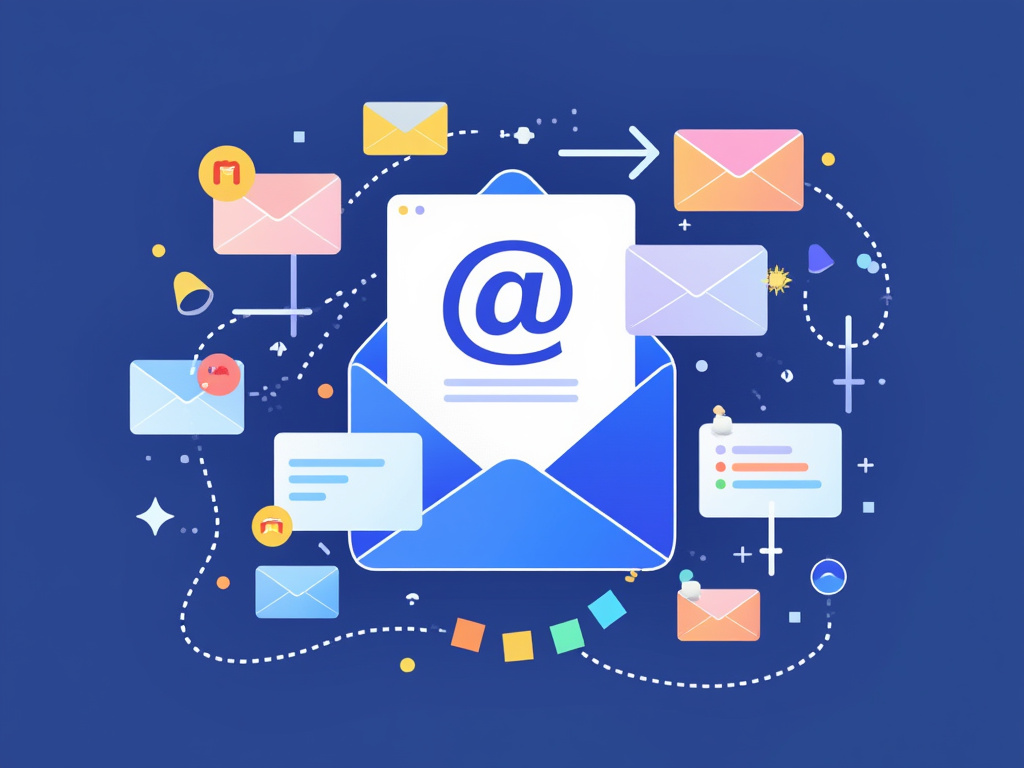Email Marketing: Craft an Effective Strategy from Scratch

Email Marketing: Craft an Effective Strategy from Scratch
Building a robust email marketing strategy can revolutionize how you connect with your customers. For e-store owners, this isn’t just a box to tick on an operations checklist; it’s a powerful avenue to foster relationships, drive sales, and encourage brand loyalty. So how do you begin crafting an email marketing strategy from the ground up? Let’s dive in.
Understanding the Basics of Email Marketing
Before you dive headfirst into email campaigns, it’s essential to grasp the fundamentals. Email marketing isn’t just about sending out promotional messages. It’s about engaging your audience, delivering value, and fostering a community around your brand.
Consider these core principles:
- Relevance: Your messages should resonate with the recipient based on their interests and behaviors.
- Timing: Send emails when your audience is most likely to engage, which can vary by demographics and the type of product.
- Personalization: Tailor your emails to the individual for a more personal touch. This goes beyond just addressing them by name.
- Consistency: Regular communication keeps your brand on the top of their minds without becoming spammy
Building Your Subscriber List
Your email marketing efforts start with a solid subscriber list. Without subscribers, your campaigns won’t reach anyone! Here are some strategies to grow your email list:
- Opt-in Forms: Use pop-ups, embedded forms, or landing pages with enticing offers for visitors to subscribe.
- Incentives: Provide value for signing up, whether it’s discounts, exclusive content, or early access to new products.
- Social Proof: Showcase testimonials or the number of current subscribers to entice new sign-ups.
- Cross-Promotion: Collaborate with complementary brands to reach a broader audience.
A focused approach to building your list will pay off in the long run. It’s all about quality over quantity; aim for those genuinely interested in your offerings.
Segmenting Your Audience
Once you have a list, don’t treat your entire audience the same way. Segmentation allows you to send targeted content that resonates with specific groups. Here’s how to effectively segment your email list:
- Demographics: Split your audience based on age, gender, location, or purchasing behavior.
- Purchase History: Group subscribers based on their past purchases, which can inform future recommendations.
- Engagement Level: Distinguish between highly engaged users and those who rarely open your emails to customize follow-up strategies.
- Interests: Allow customers to share their preferences when they sign up, so you can tailor content accordingly.
Having finely-tuned segments will enable you to deliver specific messages that speak directly to each group’s wants and needs.
Crafting Compelling Content
When it comes to email marketing, content is king. How do you create emails that grab attention and drive engagement?
– Strong Subject Lines: Your subject line is the first impression; make it catchy and relevant. Consider using questions or urgency to pique interest.
- Value Proposition:: Clearly convey what recipients will gain from opening your email. Whether it’s exclusive discounts, valuable tips, or informative content, give them a reason to engage.- Visual Appeal: Use images and graphics to enhance your message. A well-designed email can boost your engagement rates significantly.
– Call to Action (CTA): Encourage your readers to take action. Make your CTAs clear, enticing, and prominent within the email.
– A/B Testing: Explore different subject lines, content styles, and layouts to see what resonates best with your audience. This will help refine your content strategy over time.
Automation and Personalization
Automation tools like Incomaker can help streamline your email marketing efforts, allowing you to send personalized messages based on customer interactions. You don’t need to manually craft each email; set rules for sending emails based on user behavior, such as cart abandonment or product recommendations.
Consider the following automated flows for maximum impact:
- Welcome Series: Craft a series of automated emails for new subscribers that introduce your brand and showcase best-sellers.
- Abandoned Cart Reminders: Send follow-ups to remind customers about items they left in their cart, possibly with a discount to encourage completion.
- Re-engagement Campaigns: Target those who haven’t interacted with your emails recently with special offers or updated content.
- Post-Purchase Follow-ups: Send personalized thank-you emails, request feedback, and suggest complementary products.
Combining automation with a personalized touch can create a seamless experience for your customers while saving you time.
Measuring Success
Finally, measuring the success of your email campaigns is crucial to their ongoing effectiveness. Track key performance indicators (KPIs) such as:
– Open Rates: Indicate how compelling your subject lines are.
- Click-Through Rates (CTR):: Measure the effectiveness of your content.
- Conversion Rates:: Track how many recipients took the desired action after clicking through.
- Unsubscribe Rates:: Help assess how well you’re retaining your audience’s interest.Continuously analyze this data to refine your strategy further. Email marketing is not a set-it-and-forget-it endeavor; it requires ongoing optimization.
With the right strategy and tools at your disposal, email marketing can be an invaluable part of your e-store arsenal. Craft engaging, targeted messages, automate processes for efficiency, and continually assess your impact. The world of email marketing is ripe with opportunity—dive in and make it work for your brand!



